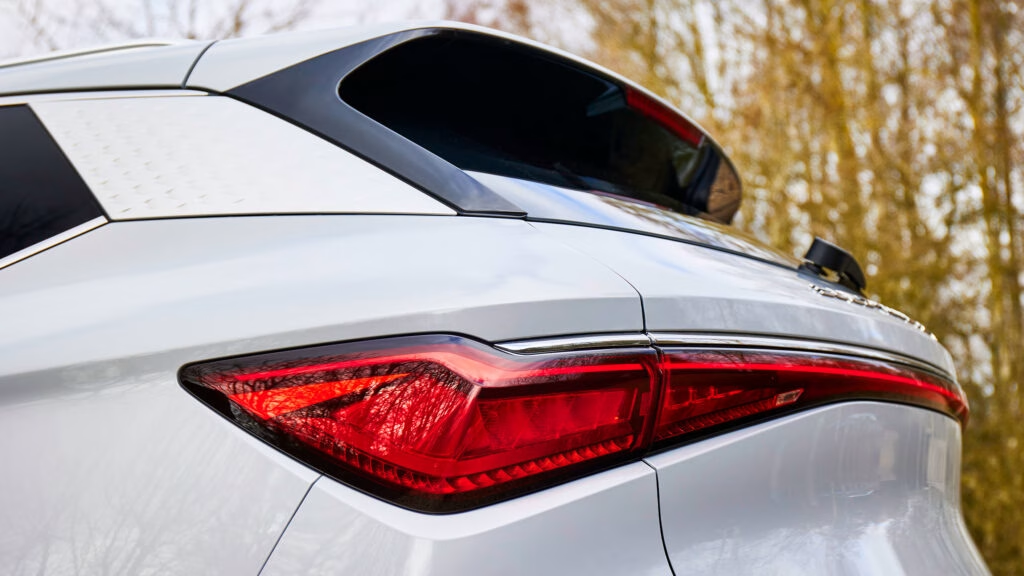Why Don’t Electric Cars Match Their Advertised Range?
If you’ve ever wondered why your electric car doesn’t quite hit the range the brochure promised, you’re not alone. A recent independent study by the Australian Automobile Association (AAA) put five popular EVs through their paces on real roads, and the results were eye-opening. Turns out, official range figures can be more wishful thinking than reality.
The AAA’s four-year government-backed project aimed to give buyers the real scoop before they drop serious cash on a new EV. They found that every single car tested fell short of its claimed range—sometimes by a little, sometimes by a lot. The BYD Atto 3, for example, managed just 229 miles before needing a recharge, a whopping 69 miles short of the 298 miles promised by the manufacturer. That’s a 23 percent gap. Ouch.
Tesla’s Model 3 didn’t fare much better, coming up 14 percent short. Even the best performer, the Smart #3, missed its target by 5 percent. The takeaway? There’s no consistent fudge factor. Some brands are optimistic by a mile (or 69), while others are surprisingly close to the mark.
How Big Is the Gap Between Real and Advertised Range?
Let’s break it down with the numbers from the AAA’s test:
– BYD Atto 3: 229 miles actual vs. 298 miles claimed (down 23%)
– Tesla Model 3: 274 miles actual vs. 319 miles claimed (down 14%)
– Kia EV6: 301 miles actual vs. 328 miles claimed (down 8%)
– Tesla Model Y: 305 miles actual vs. 331 miles claimed (down 8%)
– Smart #3: 268 miles actual vs. 283 miles claimed (down 5%)
The spread is wild. Imagine if every car was off by exactly 20 percent—you could plan around that. But with some cars missing by just 5 percent and others by over 20, it’s a guessing game for buyers. No wonder range anxiety still lingers, even as EVs get better and charging stations pop up everywhere.
What’s Behind the Range Discrepancy?
It’s tempting to blame manufacturers for inflating their numbers, but the truth is a bit more nuanced. Official range figures are typically calculated using standardized lab tests, which can’t capture the messy reality of daily driving. Think about it: temperature swings, traffic jams, hilly routes, and how heavy your right foot is all play a role. Even running the AC or heater can sap your battery faster than you’d expect.
A 2023 study from the International Council on Clean Transportation found that real-world EV range is, on average, 12 to 20 percent lower than official ratings in Europe and North America. That lines up almost perfectly with the AAA’s findings. So, it’s not just an Australian thing—it’s a global quirk of how EVs are tested and marketed.
Are Some Brands More Honest Than Others?
Absolutely. The AAA’s test highlights that some automakers are much closer to the truth than others. The Smart #3, for instance, was only 14 miles off its claimed range. That’s the kind of honesty buyers appreciate. Kia’s EV6 and Tesla’s Model Y also performed relatively well, each missing their targets by just 8 percent.
On the flip side, the BYD Atto 3’s 23 percent shortfall is a red flag. When you’re planning a road trip or just trying to get through a busy week, that kind of gap can mean the difference between a smooth ride and a frantic search for a charging station.
How Can Buyers Protect Themselves From Range Disappointment?
First, don’t take official range numbers at face value. Look for independent real-world tests—like those from the AAA, consumer advocacy groups, or trusted automotive publications. These tests often reveal the true story.
Second, consider your own driving habits. If you mostly drive in the city, you might do better than the highway-heavy test cycles. But if you’re regularly hauling a full load or driving in extreme weather, expect your range to drop.
Finally, build in a buffer. If you need 250 miles of range to feel comfortable, aim for a car that claims 300. That way, even if reality falls short, you’re not left stranded.
What Does This Mean for the Future of EVs?
The EV market is evolving fast. Battery technology keeps improving, and charging infrastructure is expanding at a record pace. But as long as there’s a disconnect between lab tests and real life, buyers will need to do a little homework.
Regulators are starting to catch on, too. In Europe, there’s a push for more transparent, real-world testing standards. The US Environmental Protection Agency (EPA) already uses a more conservative test cycle than some other regions, but even those numbers can be optimistic.
The big takeaway? EV range isn’t about perfection—it’s about smarter adjustments. Start with one change this week, and you’ll likely spot the difference by month’s end. Whether that means researching real-world data, tweaking your driving style, or just setting realistic expectations, you’ll be ahead of the curve—and a lot less anxious about your next charge.

